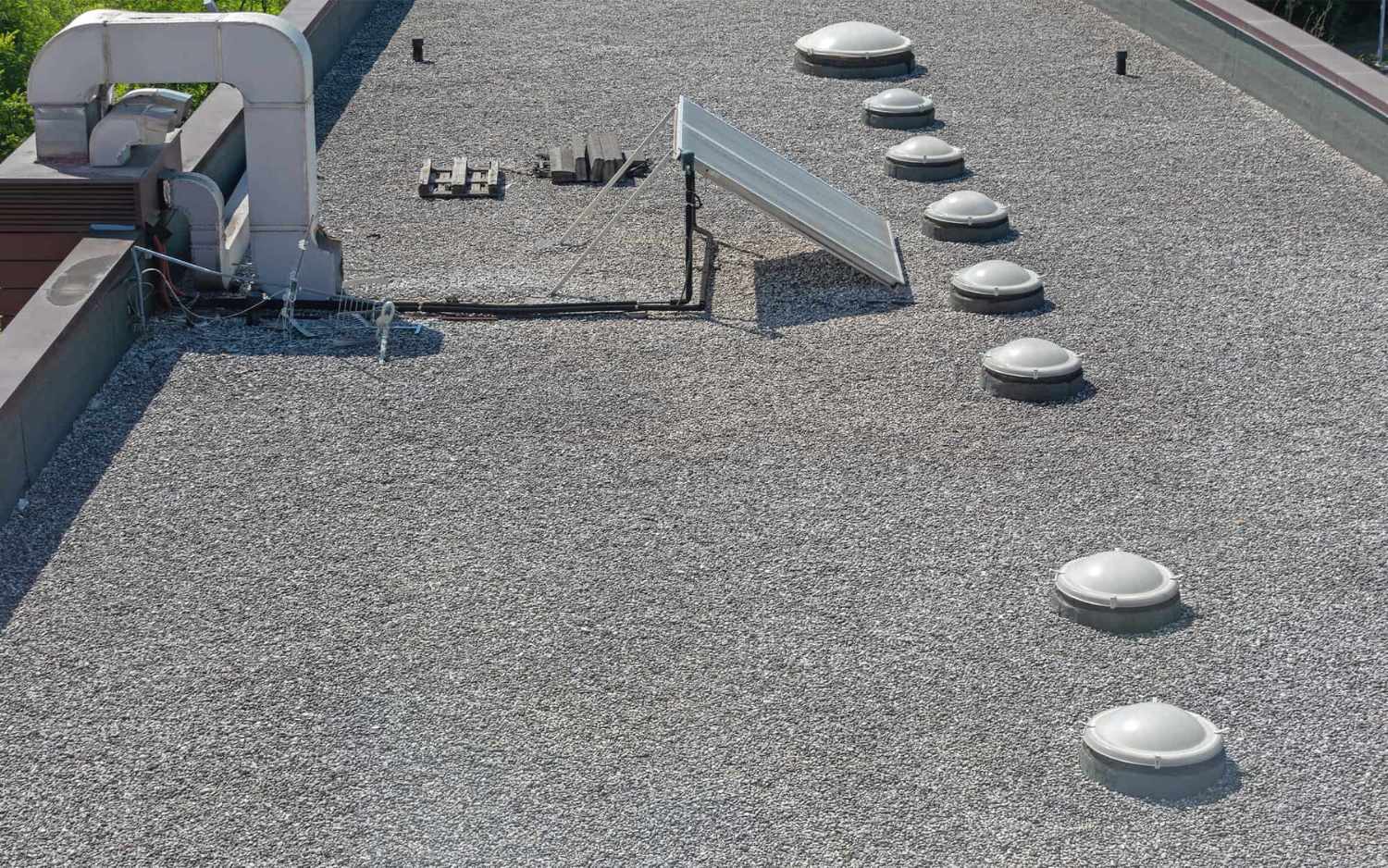

Articles
What Is A Built Up Roof
Modified: August 24, 2024
Learn more about built up roofs and how they can benefit your home or business. Our articles provide valuable insights and tips for maintaining and repairing built up roofs.
(Many of the links in this article redirect to a specific reviewed product. Your purchase of these products through affiliate links helps to generate commission for Storables.com, at no extra cost. Learn more)
Introduction
Welcome to the world of roofing, where there are various options available to protect your home or commercial building from the elements. One popular choice in the roofing industry is the built-up roof, also known as a BUR. In this article, we will explore what a built-up roof is, its composition, advantages, disadvantages, installation process, maintenance and repair, as well as common issues associated with it.
A built-up roof is a traditional type of roofing system that has been in use for over a century. It is known for its durability and longevity, making it a preferred choice for many property owners. The term “built-up” refers to the layers of materials that are applied to the roof surface to create a strong and protective barrier against weather conditions.
Now that we have a basic understanding of what a built-up roof is, let’s dive deeper into its composition.
Key Takeaways:
- Built-up roofs offer exceptional durability, waterproofing, and fire resistance, making them a reliable choice for long-term protection against various weather conditions. Their layered composition provides strength and longevity for residential and commercial buildings.
- While built-up roofs require regular maintenance and may have longer installation times, their energy efficiency, cost-effectiveness, and noise reduction benefits make them a valuable investment. Proper maintenance and timely repairs can mitigate potential issues and extend the lifespan of the roof.
Read more: What Is As-Built In Construction
Definition of a Built-Up Roof
A built-up roof, also commonly referred to as a BUR roof, is a type of roofing system that consists of multiple layers of materials. These layers are built up to form a durable and weather-resistant surface for residential and commercial buildings.
The primary components of a built-up roof include:
- Base Sheet: The base sheet serves as the foundation of the roof, providing a stable and smooth surface for the subsequent layers. It is typically made of fiberglass, asphalt, or felt.
- Felt Layers: Felt layers, also known as roofing felts or ply sheets, are added on top of the base sheet. These felts are saturated with asphalt to create a waterproof barrier.
- Bitumen: Bitumen, a viscous and sticky substance, is applied between the felt layers to bond them together. It acts as a binder, providing strength and stability to the roof.
- Surfacing: The topmost layer of a built-up roof is the surfacing, which helps to protect the roof from UV radiation, extreme temperatures, and other external elements. Common surfacing options include gravel, mineral granules, or a reflective coating.
The number of layers in a built-up roof can vary depending on the specific requirements and the desired level of protection. Generally, a built-up roof is composed of three or more layers, with each layer contributing to the overall strength and integrity of the roof system.
Now that we have a clear understanding of the components that make up a built-up roof, let’s explore the advantages and disadvantages of this roofing system.
Composition of a Built-Up Roof
A built-up roof (BUR) is composed of several layers of different materials, each playing a specific role in providing durability, longevity, and weather resistance. Let’s take a closer look at the composition of a typical built-up roof.
- Base Layer: The base layer is the foundation of the built-up roof. It is typically made of asphalt-impregnated roofing felt or a fiberglass base sheet. This layer provides a smooth and stable surface for the subsequent layers.
- Ply Sheets: Ply sheets, also known as roofing felts, are layered on top of the base layer. These sheets are saturated with asphalt to make them waterproof. The number of ply sheets can vary depending on the desired level of protection and the climate conditions in the area. More ply sheets are added to enhance the roof’s strength and resistance to moisture.
- Bitumen: Bitumen, a sticky and viscous material, is used to bind the layers of the built-up roof together. It is applied between the ply sheets to create a solid and cohesive structure. Bitumen also adds to the waterproofing capabilities of the roof.
- Surfacing: The topmost layer of a built-up roof is the surfacing. The surfacing provides protection against UV radiation, extreme temperatures, and physical damage. There are different types of surfacing options available, including gravel, mineral granules, or a reflective coating. The choice of surfacing depends on the specific requirements of the building and the desired aesthetic look.
The composition of a built-up roof is designed to create a multi-layered system that is resistant to leaks, fire, and other environmental factors. Each layer contributes to the overall strength and durability of the roof, making it a reliable choice for both residential and commercial buildings.
Now that we understand the composition of a built-up roof, let’s explore the advantages it offers.
Advantages of Built-Up Roofs
Built-up roofs (BUR) have long been a popular choice in the roofing industry due to their numerous advantages. Let’s explore some of the key benefits of opting for a built-up roof for your residential or commercial property.
- Durability: Built-up roofs are known for their exceptional durability. The multiple layers of materials provide added strength and resistance to various weather conditions, including wind, rain, and hail. This durability ensures that the roof can withstand the test of time, providing long-lasting protection for your property.
- Waterproofing: The composition of a built-up roof, with its layers of bitumen and saturated felts, creates an effective waterproofing barrier. This helps to prevent leaks and water damage, ensuring the integrity of the roof and the building underneath.
- Fire Resistance: Built-up roofs offer excellent fire resistance, as the multiple layers of asphalt and felts provide a shield against fire spread. This can be particularly advantageous for buildings located in areas prone to wildfires or areas with stringent fire codes.
- Energy Efficiency: The surfacing options available for built-up roofs, such as reflective coatings, can help improve energy efficiency. These coatings reflect a significant amount of solar heat, reducing the cooling load on the building and lowering energy costs.
- Cost-Effective: While the initial installation cost of a built-up roof may be higher than some other roofing options, the long lifespan and low maintenance requirements make it a cost-effective choice in the long run. The durability of the materials also reduces the need for frequent repairs or replacements.
- Noise Reduction: The multiple layers of materials in a built-up roof create an effective sound barrier, reducing external noise and providing a quieter indoor environment.
Overall, built-up roofs offer a combination of durability, waterproofing, fire resistance, energy efficiency, and cost-effectiveness. These advantages have made it a trusted choice for many residential and commercial property owners.
Now, let’s explore some of the potential disadvantages associated with built-up roofs.
Disadvantages of Built-Up Roofs
While built-up roofs (BUR) have numerous benefits, it’s important to consider their potential disadvantages before deciding if they are the right roofing option for your property. Let’s take a closer look at some of the drawbacks associated with built-up roofs.
- Installation Time: The installation process of a built-up roof can be time-consuming compared to other types of roofing systems. This is because it involves applying multiple layers of materials, which requires proper preparation and attention to detail. The installation process may cause some inconvenience, especially if you need the roof to be installed quickly.
- Weight: Built-up roofs can be heavy due to the multiple layers of materials, especially if the roof has accumulated multiple re-roofings over time. This weight can put stress on the structure of the building, requiring additional support or reinforcement to ensure its stability.
- Maintenance: Built-up roofs require regular maintenance to ensure their longevity and optimal performance. This includes periodic inspections, cleaning of drainage systems, and addressing minor repairs to prevent potential issues from escalating.
- Accessibility: The multiple layers of a built-up roof make it more challenging to access and locate leaks or perform repairs. This can result in higher labor costs and potential disruptions to the building occupants during the repair process.
- Environmental Impact: Built-up roofs typically utilize petroleum-based products like asphalt, which have an impact on the environment due to their production process and potential for air pollution. However, it’s worth noting that there are environmentally friendly alternatives available, such as using bio-based asphalt products or incorporating green roof components.
- Heat Absorption: While the reflective surface options help to improve energy efficiency, built-up roofs can still absorb and retain heat, especially in warmer climates. This can lead to increased energy consumption for cooling the interior of the building.
Despite these disadvantages, built-up roofs remain a popular choice due to their durability, longevity, and fire resistance. It’s important to weigh these drawbacks against the unique requirements and conditions of your property before making a decision.
Next, let’s explore the installation process of built-up roofs.
Read more: What Is A Roof
Installation Process of Built-Up Roofs
The installation process of a built-up roof (BUR) requires careful planning, skilled labor, and attention to detail to ensure its effectiveness and longevity. Let’s walk through the general steps involved in the installation of a built-up roof.
- Preparation: The first step is to prepare the roof surface. This includes removing any existing roofing materials, cleaning the surface, and ensuring that it is smooth and free from debris. It may also involve repairing or reinforcing the roof deck if necessary.
- Base Layer Installation: The next step is the installation of the base layer. This can be a fiberglass base sheet or an asphalt-impregnated roofing felt. The base layer provides a stable and smooth surface for the subsequent layers.
- Layer Application: After the base layer is installed, the subsequent layers are applied. This includes laying the roofing felts or ply sheets on top of the base layer. Each layer is saturated with asphalt and bonded together using a heated asphalt mopping technique or hot bitumen application.
- Bitumen Application: The bitumen is the key component that ensures the layers of the built-up roof bond together. It is heated to a liquid state and applied between each layer. The bitumen helps to create a strong and waterproof barrier.
- Surfacing: Once the layer application is complete, the final step is the application of the surfacing material. This can be in the form of gravel, mineral granules, or a reflective coating. The surfacing provides protection against UV radiation, extreme temperatures, and physical damage.
- Finishing Touches: After the installation is complete, the edges and seams of the roof are sealed with additional bitumen or a compatible roofing sealant. Flashing is also installed around roof penetrations, such as vents or chimneys, to ensure a watertight seal.
It’s important to note that the installation process may vary depending on the specific requirements and conditions of the roofing project. Factors such as the size of the roof, the number of layers, and the type of surfacing material can affect the installation process.
Now that the built-up roof is installed, it’s essential to understand the maintenance and repair requirements to ensure its longevity. Let’s explore that next.
When installing a built-up roof, make sure to use multiple layers of roofing felt and hot asphalt to create a durable and waterproof surface. Proper installation is key to ensuring the longevity and effectiveness of the roof.
Maintenance and Repair of Built-Up Roofs
Maintaining and repairing a built-up roof (BUR) is crucial to ensure its longevity and optimal performance. With regular maintenance and timely repairs, you can extend the lifespan of your built-up roof and prevent costly damage. Let’s dive into the maintenance and repair considerations for built-up roofs.
Maintenance:
Regular maintenance is essential to keep your built-up roof in good condition. Here are some maintenance tasks to consider:
- Inspections: Regularly inspect your built-up roof for signs of damage, such as cracks, blisters, or areas of loose or missing surfacing material. Inspect the flashings, drains, and gutters as well. Perform inspections after significant weather events, such as storms, to identify any potential issues.
- Cleaning: Keep the roof surface clean by removing any debris, leaves, or dirt that may accumulate over time. This helps prevent clogged drains and promotes proper water drainage.
- Drainage Maintenance: Clear the roof drains, gutters, and downspouts regularly to ensure proper water flow and prevent water from pooling on the roof surface.
- Sealant Check: Check the sealant around roof penetrations, edges, and seams. Replace any deteriorated or damaged sealant to maintain a watertight seal.
- Vegetation Control: Keep an eye out for any vegetation growth on the roof, such as moss or algae. These can trap moisture and damage the roof surface. Remove them as soon as they appear.
Repair:
Timely repairs are crucial to address any issues and prevent small problems from escalating into major damage. Here are some common repair considerations for built-up roofs:
- Leaks: If you notice any signs of leaks, such as water stains on the ceiling or walls, address them promptly. Identify the source of the leak and repair the damaged areas by patching or replacing the affected layers.
- Blisters: Blisters can occur on built-up roofs due to trapped moisture or adhesion issues. If you encounter blisters, carefully cut out the damaged area, address the underlying issue, and repair or replace the affected layers.
- Surface Damage: Repair any damaged or worn-out surfacing material. This may involve applying a fresh layer of coating, adding gravel or granules, or recoating the surface to restore its protective capabilities.
- Flashing Repair: Inspect and repair any damaged or deteriorated flashing around roof penetrations and edges. This helps to maintain a watertight seal and prevent leaks.
- Professional Assistance: If you’re unsure about the extent of the damage or repairs required, it’s advisable to seek professional assistance from a qualified roofing contractor. They can assess the condition of your built-up roof and provide the necessary repairs and maintenance services.
By following a regular maintenance schedule and addressing repairs promptly, you can ensure the longevity and integrity of your built-up roof. Be proactive in maintaining your roof to avoid costly damage and extend its lifespan.
Now, let’s explore some of the common issues that may arise with built-up roofs.
Read more: What Is A Gable On A Roof?
Common Issues with Built-Up Roofs
While built-up roofs (BUR) are known for their durability and longevity, they can still experience certain issues over time. It’s important to be aware of these common problems so that you can address them promptly and prevent further damage. Let’s explore some of the typical issues that may arise with built-up roofs.
- Leaks: One of the most common issues with built-up roofs is water leakage. Leaks can occur due to various reasons, such as damage to the layers, cracks in the surface, or failed flashings. Promptly addressing leaks is crucial to avoid water damage to the roof structure and the interiors of the building.
- Blisters: Blisters are another frequent issue with built-up roofs. These occur when moisture becomes trapped between the layers or when there are adhesion issues. Blisters can lead to weakened spots on the roof surface and may require repair or replacement of the affected layers.
- Cracks and Punctures: Over time, built-up roofs may develop cracks or punctures due to various factors like aging, weather exposure, or foot traffic. These openings can allow water to seep in and cause further damage. Repairing cracks and punctures promptly is essential to prevent moisture infiltration.
- Surface Erosion: The surface of a built-up roof can deteriorate over time due to weather exposure. This erosion can lead to the loss of protective surfacing materials, leaving the roof vulnerable to UV radiation, extreme temperatures, and physical damage. Resurfacing or applying a new protective coating can address this issue.
- Membrane Shrinkage: Built-up roofs that have been installed improperly or have aged significantly may experience membrane shrinkage. This can result in the formation of gaps and wrinkles, compromising the roof’s integrity and waterproofing capabilities.
- Poor Drainage: Inadequate or clogged drainage systems can cause water to pond on the roof surface. This leads to additional stress on the roof and increases the risk of leaks and water damage. Regular maintenance of drains, gutters, and downspouts is essential to ensure proper water flow.
- Deteriorated Flashing: Flashing is crucial for sealing vulnerable areas of the roof, such as vents, chimneys, and skylights. Over time, flashing can deteriorate due to weather exposure or improper installation, allowing water to penetrate. Timely repair or replacement of degraded flashing is essential to maintain a watertight seal.
It’s important to address these common issues with built-up roofs as soon as they are identified. Regular inspections, proactive maintenance, and timely repairs will help to mitigate damage and extend the lifespan of your built-up roof.
Now, let’s conclude our exploration of built-up roofs.
Conclusion
Built-up roofs (BUR) have been a popular choice in the roofing industry for many years, and with good reason. They offer a durable, long-lasting, and weather-resistant roofing solution for both residential and commercial buildings. Understanding the key characteristics, advantages, disadvantages, installation process, maintenance, and common issues associated with built-up roofs is essential for making an informed decision about your roofing needs.
A built-up roof is composed of multiple layers, including a base layer, ply sheets, bitumen, and surfacing material. This layered composition provides strength, durability, and waterproofing capabilities. The advantages of built-up roofs include exceptional durability, fire resistance, energy efficiency, and cost-effectiveness. However, there are also some considerations such as longer installation time, weight, and maintenance requirements.
The installation process involves preparing the roof surface, applying the base layer, layers of roofing felts, and bitumen, and finally adding the surfacing material. Regular maintenance is crucial to keep the roof in good condition, including inspections, cleaning, drainage maintenance, and sealing. Timely repairs address common issues like leaks, blisters, surface damage, and flashings.
While built-up roofs have their advantages and disadvantages, proper maintenance and timely repairs can help mitigate potential issues and extend the lifespan of the roof. Regular inspections and proactive measures can prevent minor issues from escalating into major problems.
In conclusion, built-up roofs are a reliable and time-tested roofing solution that offers durability, fire resistance, and weather protection. By understanding their features and requirements, you can make an informed decision about whether a built-up roof is the right choice for your property.
If you’re considering a built-up roof, it’s advisable to consult with a professional roofing contractor who can assess your specific needs and provide expert guidance on the best roofing solution for your property.
Frequently Asked Questions about What Is A Built Up Roof
Was this page helpful?
At Storables.com, we guarantee accurate and reliable information. Our content, validated by Expert Board Contributors, is crafted following stringent Editorial Policies. We're committed to providing you with well-researched, expert-backed insights for all your informational needs.
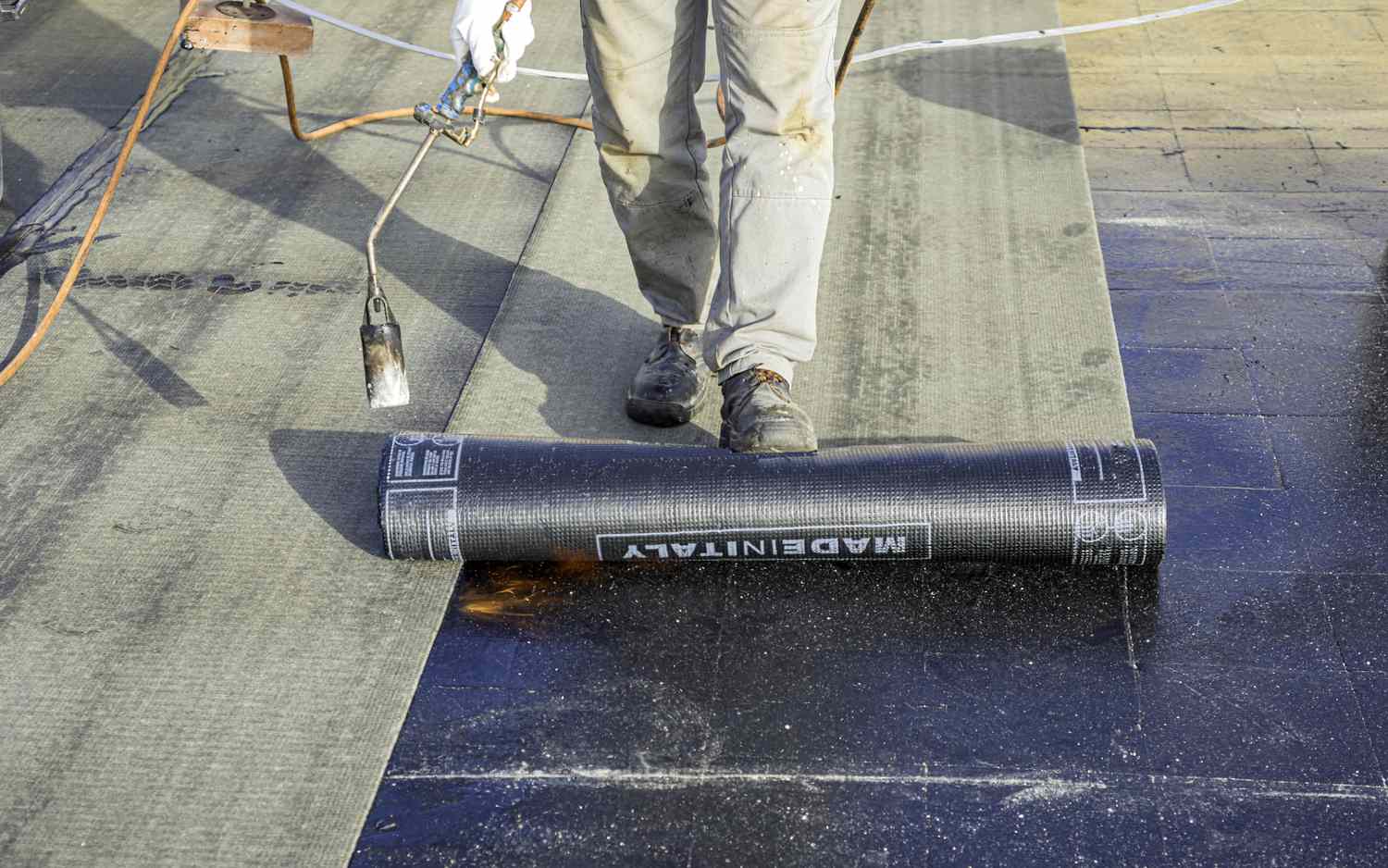
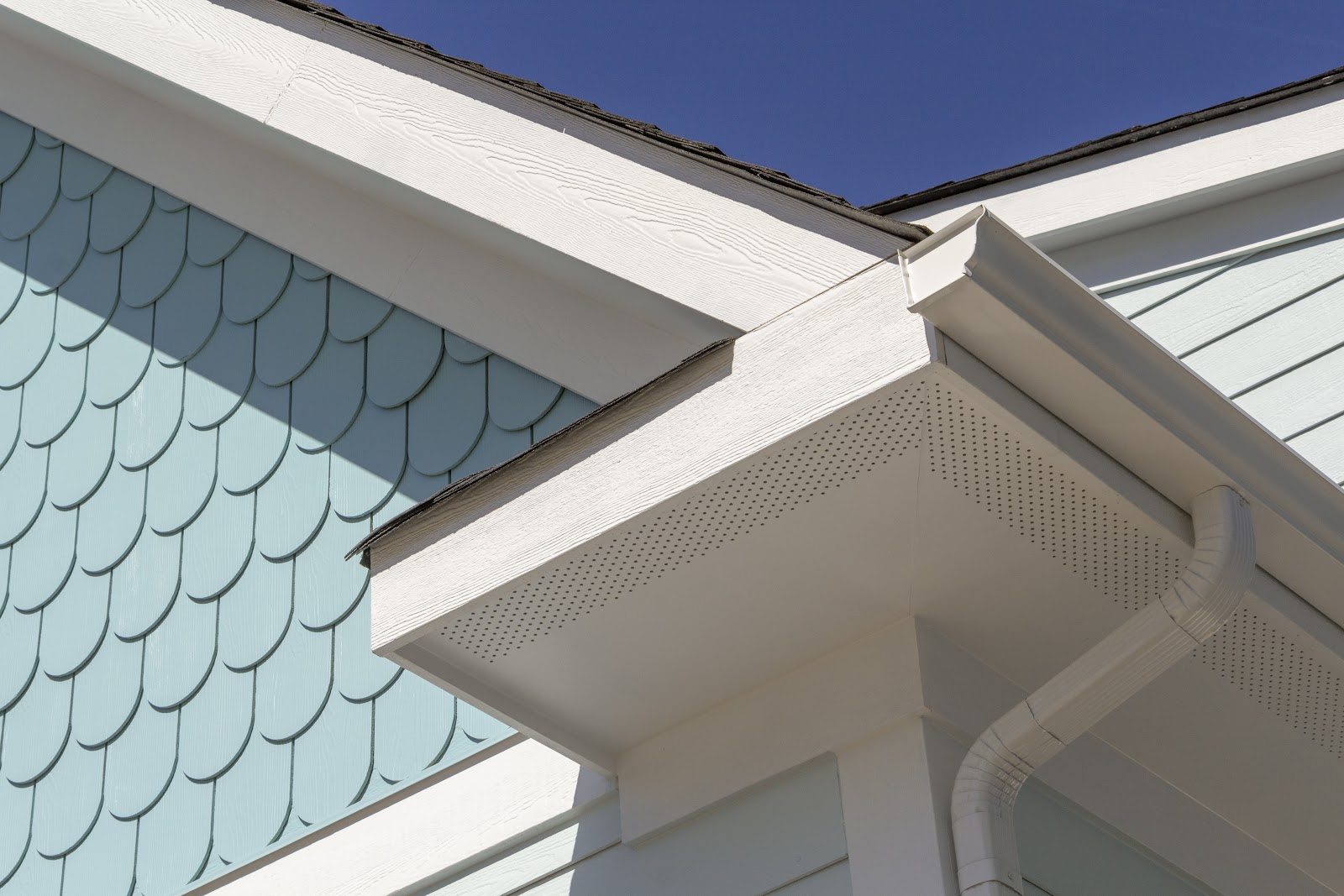
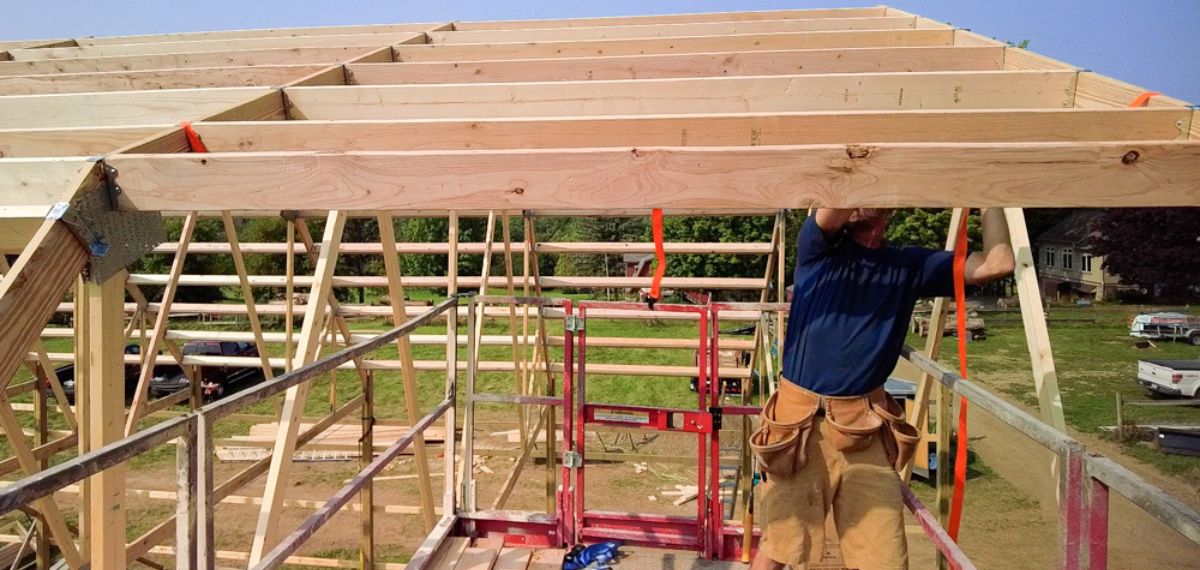
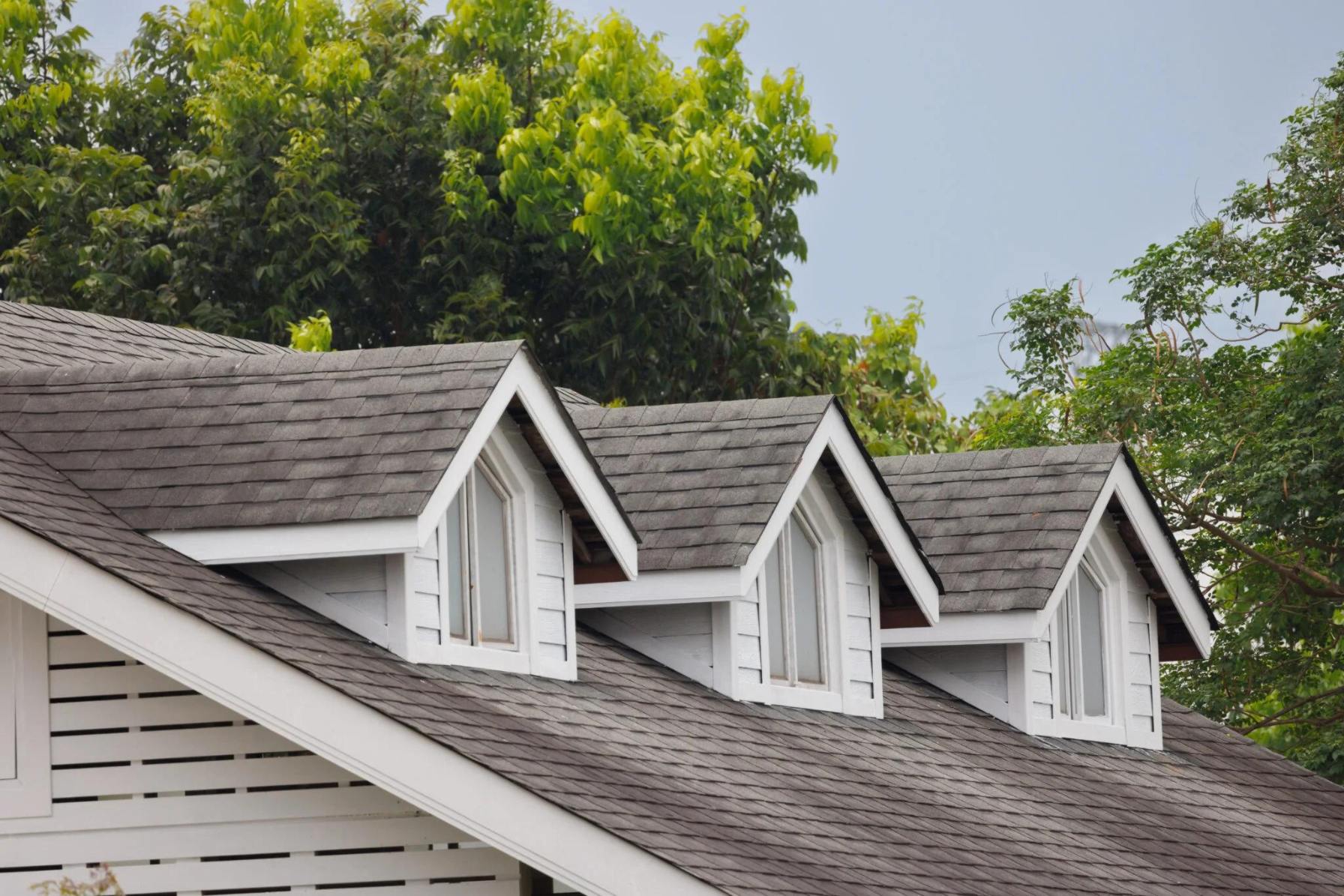

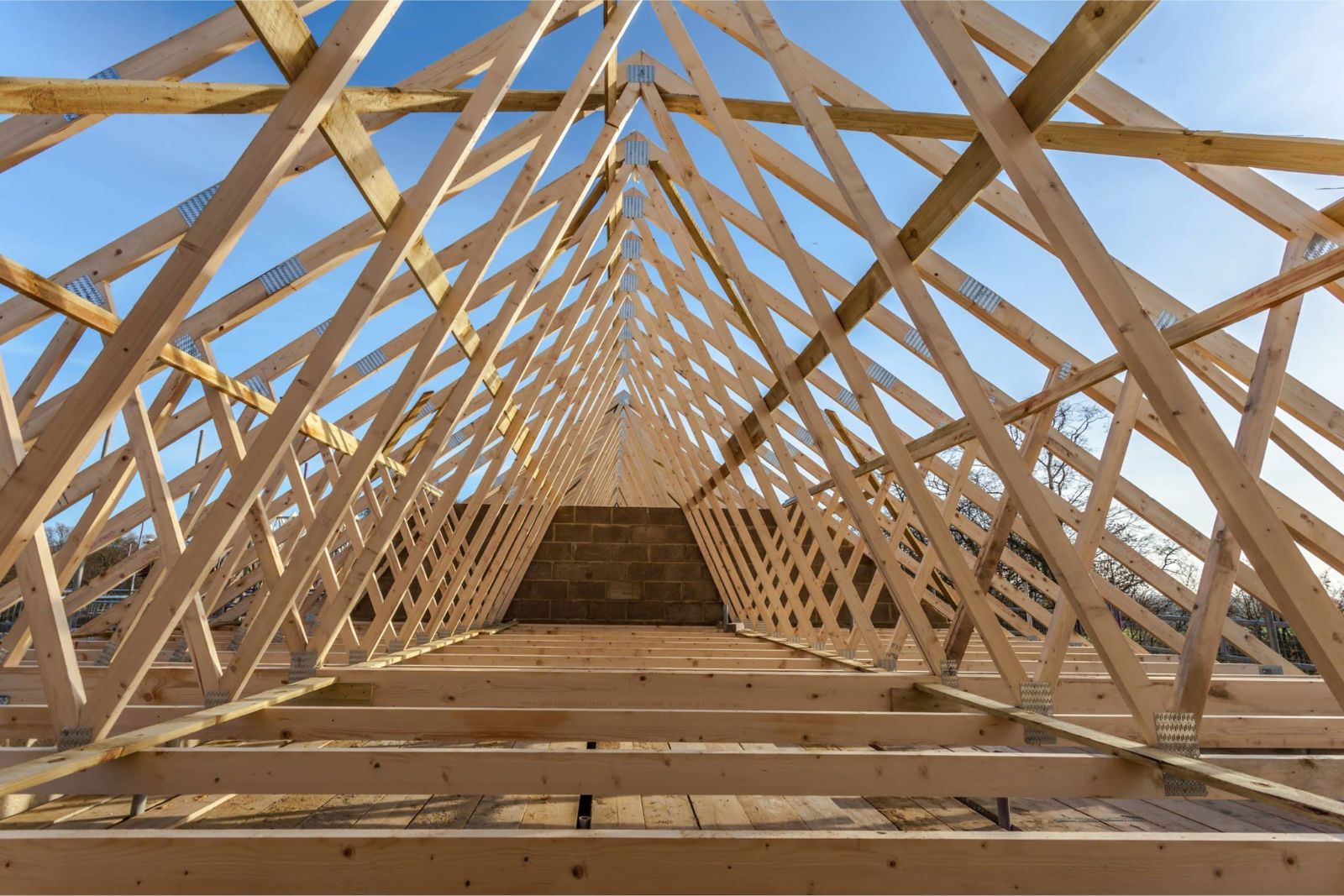
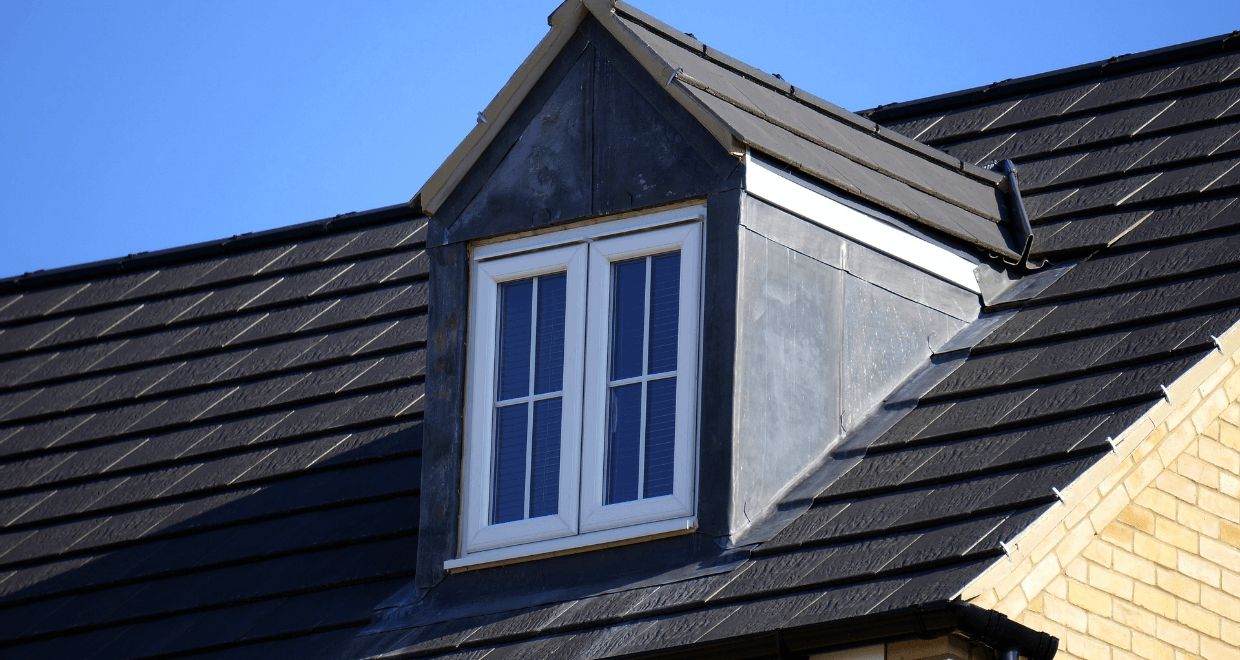
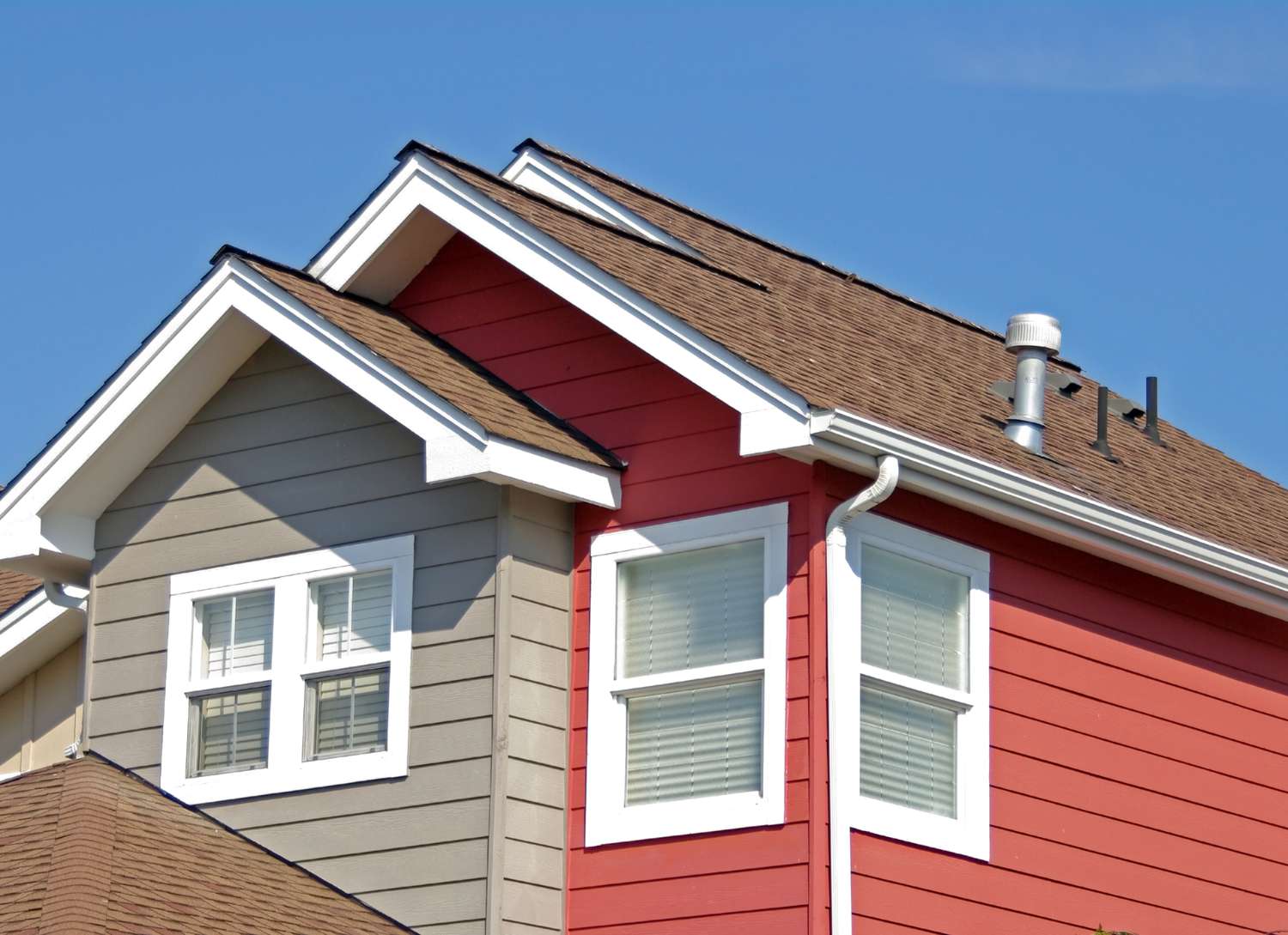
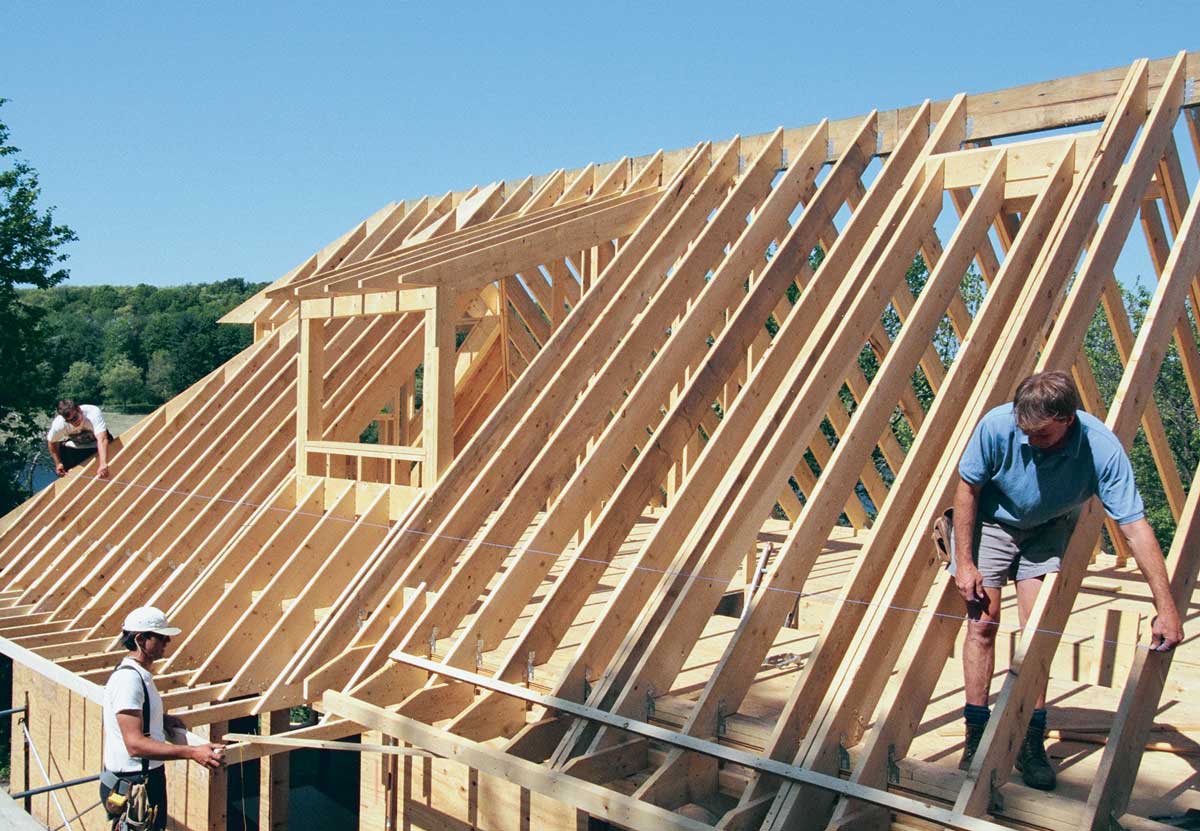
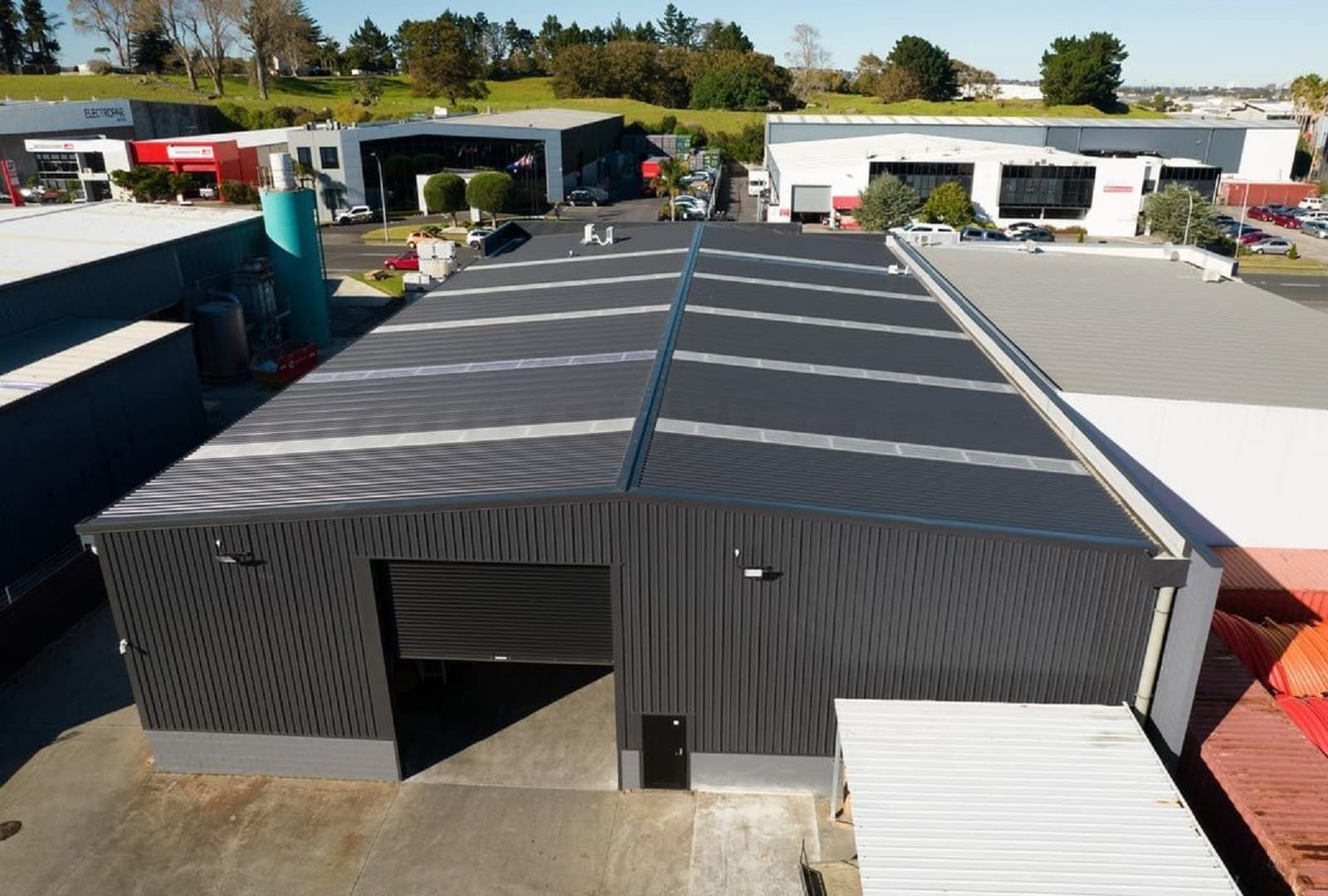
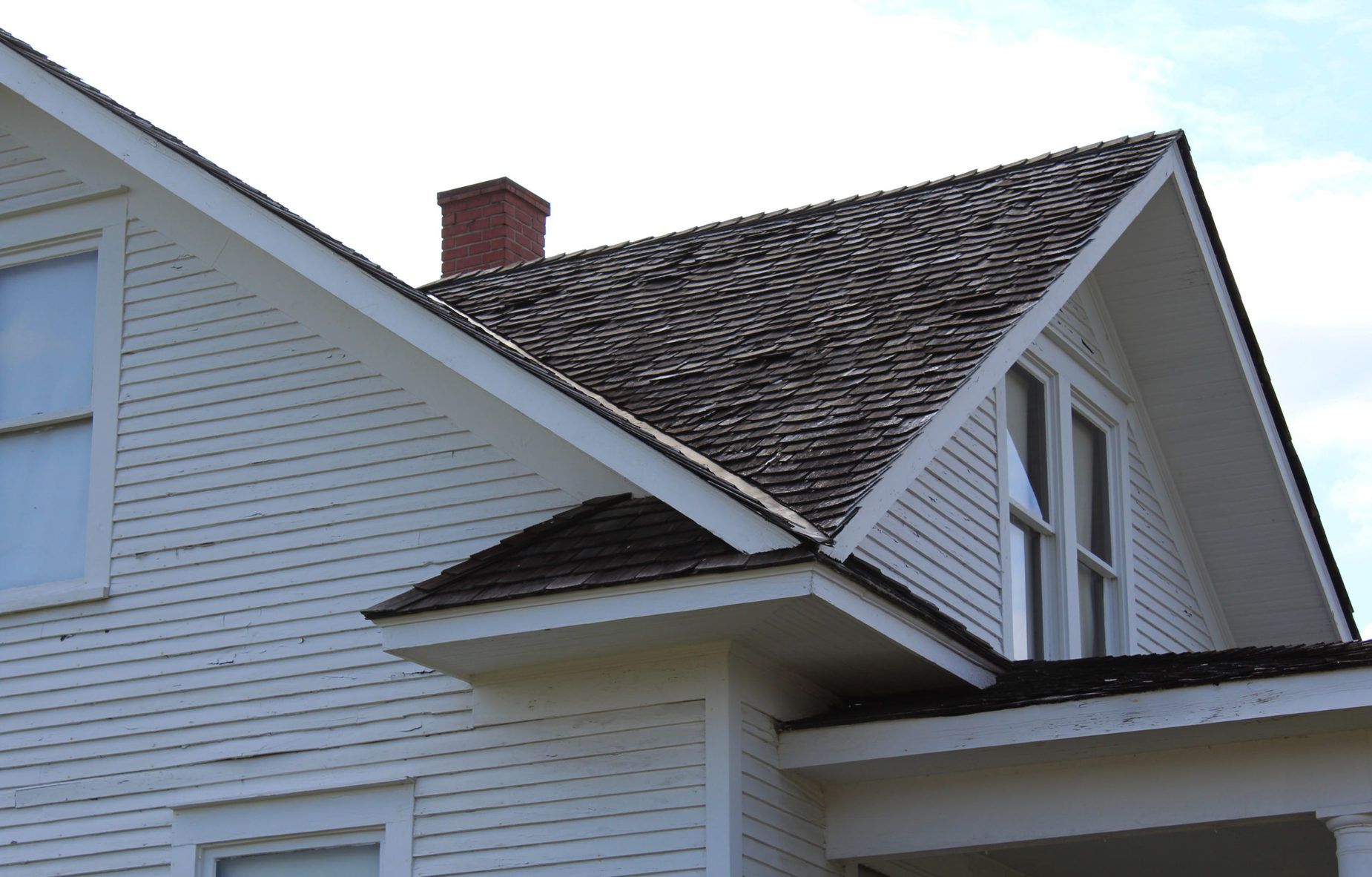
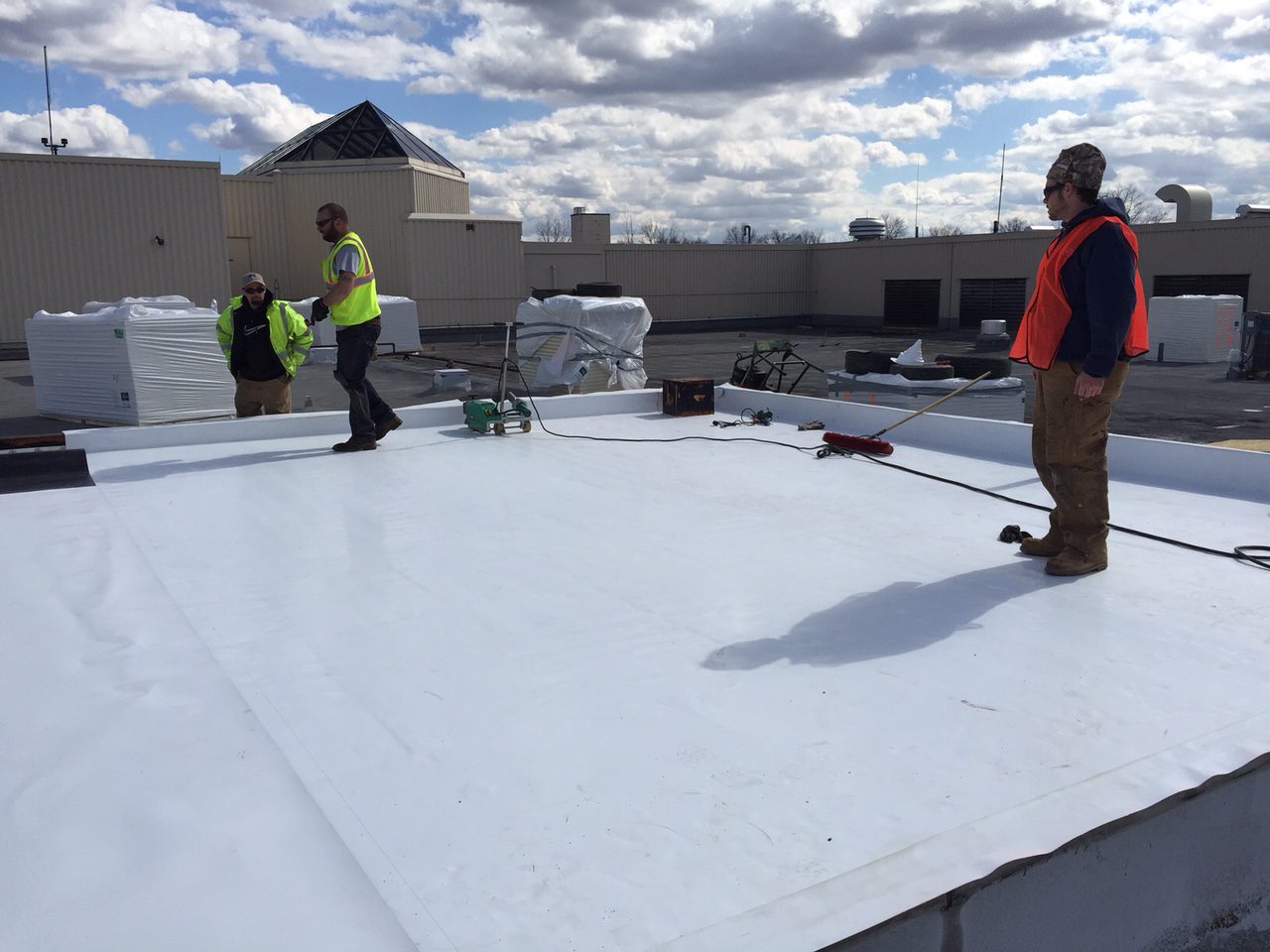
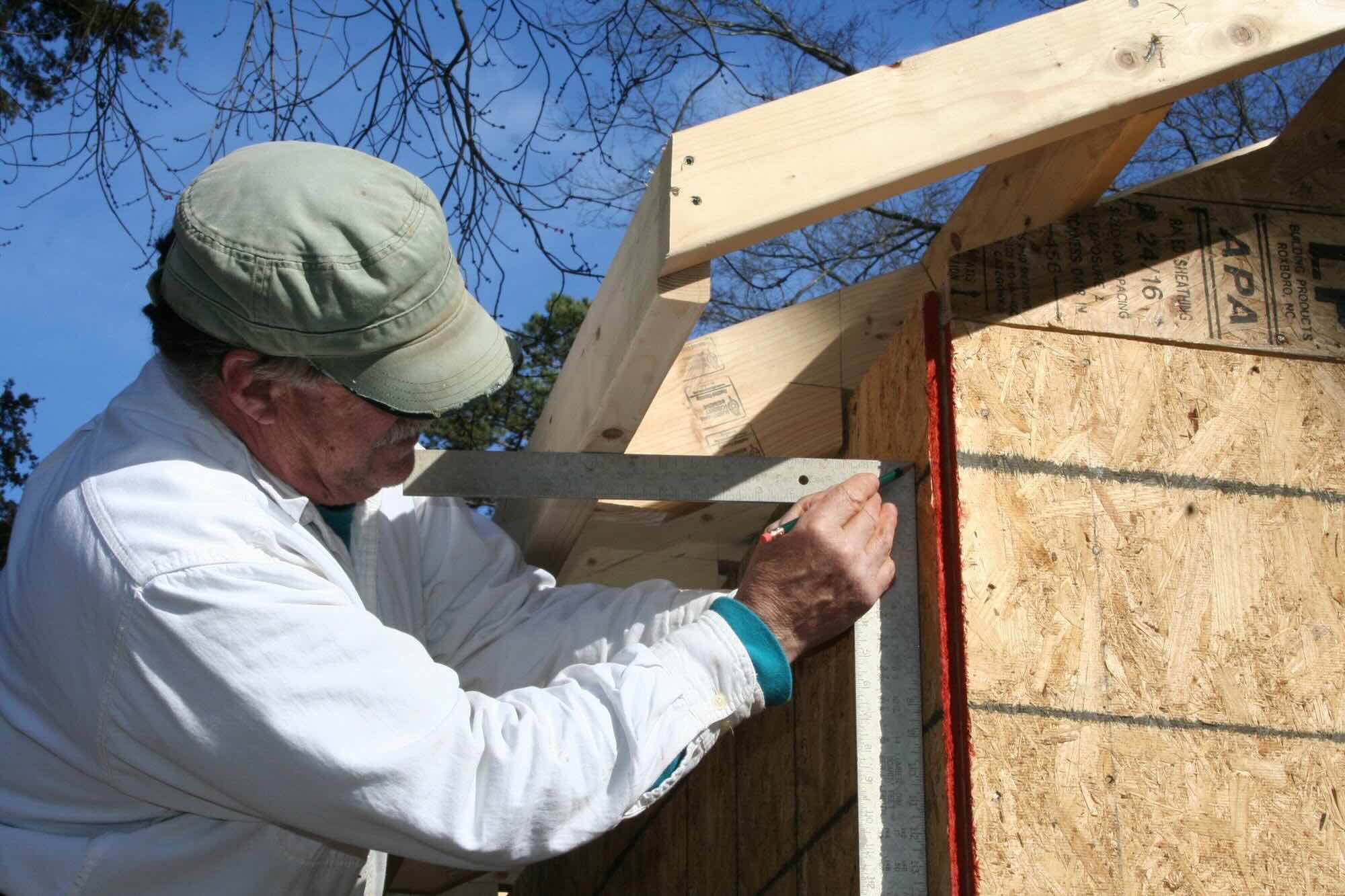

0 thoughts on “What Is A Built Up Roof”